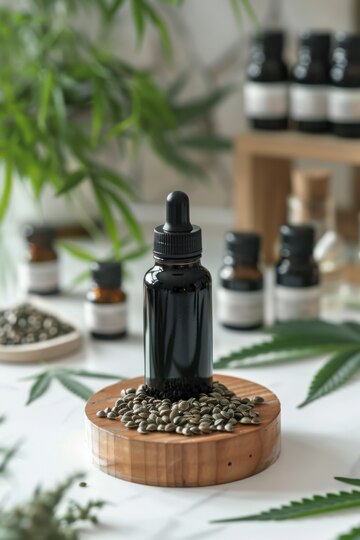Table of contents
If you’ve explored natural wellness or browsed health supplements recently, you’ve likely encountered the term CBD. It’s everywhere—from oils and gummies to skincare and even pet treats. But one of the most common beginner questions remains: What does CBD stand for?
In this guide, we’ll not only answer that essential question but also dive into several other frequently asked questions about CBD. Whether you’re new to the CBD world or just looking to expand your knowledge, this article will give you a solid foundation to understand how CBD works, what it’s used for, and what you need to know before trying it.
What Does CBD Stand For?

CBD stands for cannabidiol. It’s one of over 100 naturally occurring compounds called cannabinoids found in the cannabis plant—specifically in hemp. Unlike THC (tetrahydrocannabinol), which is another well-known cannabinoid, CBD is non-psychoactive, meaning it doesn’t produce a “high.”
Cannabidiol interacts with the body’s endocannabinoid system (ECS), which plays a role in regulating various physiological processes such as pain, mood, sleep, and immune function. This is why CBD has gained so much popularity as a natural option for stress relief, pain management, and overall wellness.
How Is CBD Extracted?

After answering “What does CBD stand for?”, the next logical question is: how do we get CBD from the plant? CBD is typically extracted from hemp plants using a few different methods:
- CO₂ Extraction – The most common and clean method, producing pure CBD oil.
- Ethanol Extraction – A more cost-effective method that retains a wide range of cannabinoids and terpenes.
- Oil Infusion – A traditional method involving soaking the plant in a carrier oil.
The resulting extract can be used in a variety of CBD products, including tinctures, topicals, edibles, and capsules.
Types of CBD: Full-Spectrum, Broad-Spectrum, and Isolate
Once extracted, CBD comes in different forms depending on the product formulation:
- Full-Spectrum CBD – Contains all cannabinoids, including a trace amount of THC (<0.3%).
- Broad-Spectrum CBD – Includes multiple cannabinoids, but THC is removed.
- CBD Isolate – Pure CBD without any other cannabinoids or plant compounds.
Understanding these types helps you choose the right product for your needs—especially if you’re concerned about drug testing or THC sensitivity.
Common Uses of CBD
Now that you know what CBD stands for, you might be wondering why people use it. CBD is widely used for:
- Pain relief (especially chronic pain and inflammation)
- Stress and anxiety reduction
- Improved sleep quality
- Support for skin conditions like acne and eczema
- Post-workout recovery in fitness routines
Scientific research is ongoing, but both anecdotal evidence and early studies suggest CBD may support wellness in a variety of ways.
Is CBD Legal?
In the United States, CBD derived from hemp is legal at the federal level as long as it contains less than 0.3% THC. However, individual state laws may vary, and regulations continue to evolve, especially regarding food and beverage products. It’s always best to check your local laws before purchasing or using CBD products.
FAQs About CBD
CBD stands for cannabidiol, a cannabinoid with potential therapeutic benefits. It’s being studied for its effects on anxiety, pain, and neurological disorders.
No. CBD is non-psychoactive and does not cause the high associated with THC.
CBD is considered non-addictive and has even been studied for its potential in helping with addiction to other substances.
CBD can be taken in various forms: oils, tinctures, capsules, edibles (like gummies), topicals, and even beverages.
Dosage varies depending on factors like body weight, the condition being treated, and product type. It’s best to start low and gradually increase, following the product’s directions or consulting a healthcare professional.
Final Thoughts
So, what does CBD stand for? Now you know it’s cannabidiol—a powerful, non-intoxicating compound found in the hemp plant. But beyond its name, CBD represents a growing movement in natural wellness, offering people an alternative way to manage stress, discomfort, and more without the mind-altering effects of THC.
As research progresses and the CBD market expands, understanding the basics is essential. Whether you’re just curious or ready to try a product yourself, starting with accurate information is the best way to make informed, confident decisions.





